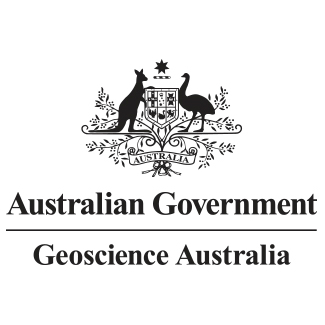Brief description
The radiometric, or gamma-ray spectrometric method, measures the natural variations in the gamma-rays detected near the Earth's surface as the result of the natural radioactive decay of potassium (K), uranium (U) and thorium (Th). The data collected are processed via standard methods to ensure the response recorded is that due only to the rocks in the ground. The results produce datasets that can be interpreted to reveal the geological structure of the sub-surface. The processed data is checked for quality by GA geophysicists to ensure that the final data released by GA are fit-for-purpose. The Geological Survey of South Australia commissioned the Gawler Craton Airborne Survey (GCAS) as part of the PACE Copper initiative. The airborne geophysical survey was flown over parts of the Gawler Craton in South Australia. The program was designed to capture new baseline geoscientific data to provide further information on the geological context and setting of the area for mineral systems (http://energymining.sa.gov.au/minerals/geoscience/pace_copper/gawler_craton_airborne_survey). This radiometric uranium grid has a cell size of 0.0004 degrees (approximately 41m) and shows uranium element concentration of the Gairdner Airborne Magnetic Radiometric and DEM survey, SA, 2018 in units of parts per million (or ppm). The data used to produce this grid was acquired in 2018 by the SA Government, and consisted of 104788 line-kilometres of data at 200m line spacing and 60m terrain clearance. To constrain long wavelengths in the grid, an independent data set, the Australia-wide Airborne Geophysical Survey (AWAGS) airborne magnetic data, was used to control the base levels of the survey grid.Lineage
Maintenance and Update Frequency: notPlannedCreated: 31 10 2020
Issued: 31 10 2020
Modified: 05 07 2021
Data time period: 30 06 2018 to 23 01 2019
text: westlimit=134.9958; southlimit=-32.6746; eastlimit=136.5046; northlimit=-31.491; projection=GDA94 (EPSG:4283)
User Contributed Tags
Login to tag this record with meaningful keywords to make it easier to discover
The Geophysical Archive Data Delivery System (GADDS2) portal provides HTTP download of geophysics datasets in a number of formats. Point and line datasets are available in NetCDF and ASEG-GDF2. Grid datasets are available in NetCDF, GeoTIFF and ERS. (File available for download in various formats from the GADDS2 portal)
- URI : pid.geoscience.gov.au/dataset/ga/144966

- global : 41315920-37b2-40af-b01e-a25f06b770f4


